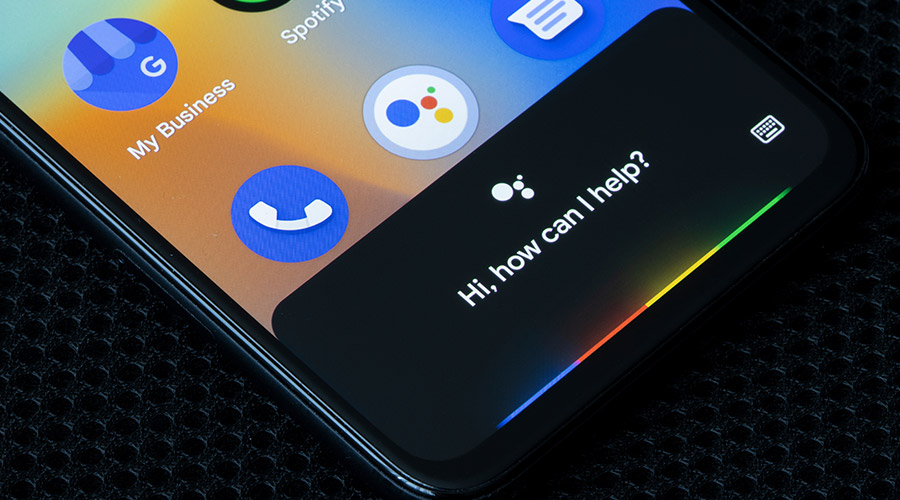- Artificial intelligence (AI) is a big part of daily life, powering everything from virtual assistants to personalized recommendations.
- The history of AI highlights its rapid growth over the past few decades. It has evolved from basic programs to sophisticated systems capable of learning and improving.
- As AI systems keep growing, it is important to check and improve these systems to make sure they are fair, accurate and used in the right way.
Table of Contents
Artificial Intelligence (AI) is a type of technology that helps machines do tasks that usually need human intelligence. This includes things like learning from experience, understanding speech, making decisions and solving problems. You might not realize it, but AI is already a big part of your everyday life. It helps recommend what to watch on streaming platforms, powers voice assistants like Siri and Alexa and even helps doctors detect diseases. As AI continues to grow and improve, it is changing how we live, work and interact with the world around us.
Ahead, we discuss the history of AI, how AI works and the importance of monitoring AI systems as they evolve.
The History of AI
The concept of AI has been around for decades, long before the technology became a part of everyday life. In the 1950s, British mathematician and computer scientist Alan Turing asked a big question: “Can machines think?” His work helped start modern AI by showing that machines could be programmed to act like humans.
In the decades that followed, AI research experienced several waves of interest and innovation. During the 1950s and 1960s, researchers focused on symbolic AI, using logic and rules to simulate intelligence. During this period, programs were created to solve math problems and play simple games. However, progress slowed because of the limits in computing power and data.
In the 1980s and 1990s, interest in AI grew with the development of expert systems. This period also saw the introduction of neural networks designed to mimic how the human brain processes information. These advancements allowed AI to tackle more complex tasks, but challenges remained.
The true turning point of AI came in the 2010s with the explosion of data, improved algorithms and access to powerful computing resources. This led to deep learning, a type of machine learning that helped improve things like recognizing images, understanding language processing and making quick decisions. Today, AI is still growing fast, changing industries and affecting society in ways once thought to be impossible.
How Does AI Work?
While the concept of AI may seem complex, its core principles are relatively easy to understand. At its core, AI refers to computer systems made to do tasks that usually need human intelligence. These tasks can include recognizing speech, identifying images and making decisions.
One of the main ways AI accomplishes these tasks is through a process called machine learning. Rather than being programmed to perform a task, machine learning enables systems to learn from data. The more data a system gets, the better it becomes at identifying patterns and making predictions. For example, a music streaming service might analyze your listening habits to suggest songs you might like.
A more advanced type of machine learning is called deep learning. It uses structures called neural networks, which are based on how the human brain works. Deep learning is especially good at performing tasks like recognizing images and speech and translating languages.
Even with these advancements, it is important to remember that AI does not think or understand like humans do. It processes information and produces outcomes based on statistical models and training data. In other words, AI “learns” patterns but does not “think” or “feel.”
Examples of AI in Everyday Life
AI has moved well beyond research labs and science fiction. Today, there are many applications of AI in many aspects of daily life, often in ways that are subtle or even invisible to the average person.
In the home, AI powers many of the devices and services people use every day. Virtual assistants such as Amazon’s Alexa, Apple’s Siri and Google Assistant use natural language processing to respond to voice commands and control smart home systems. AI helps recommend personalized content on platforms like Netflix, YouTube and Spotify by looking at past behavior to suggest movies, videos or songs users are likely to enjoy.
AI also shapes online shopping experiences. E-commerce websites use machine learning algorithms to suggest products, adjust pricing and improve customer service through chatbots and automated support tools. Similarly, AI plays a major role in social media platforms. It helps sort content, target advertisements and moderate harmful or inappropriate posts.
In professional environments, AI is revolutionizing entire industries. In healthcare, AI systems assist in diagnosing diseases, predicting health risks and supporting medical research. In finance, AI algorithms can detect fraudulent transactions, provide banking concierge and guide investment decisions. The transportation industry is experimenting with autonomous vehicles, route optimization and predictive maintenance, all driven by AI technologies. AI is also becoming more common in education, where it supports personalized learning plans, automatic grading and virtual tutoring.
Although many people may not be aware of it, AI is integrated into everyday routines. Whether you are commuting to work or watching a show on Netflix, AI is likely involved in enhancing the experience or helping you save time.
The Importance of Improving and Monitoring AI Systems
As AI becomes more advanced and used, it is important to make sure these systems are safe, fair and reliable. While AI can be very helpful, it is not perfect and can sometimes make mistakes. One major concern is AI bias, which happens when a system learns from data that reflects unfair patterns or stereotypes. This can lead to harmful outcomes, especially in areas like hiring, healthcare or criminal justice. To prevent this, we need to keep improving how AI is designed and used. By testing systems carefully, fixing mistakes and setting clear rules, we can make sure AI helps everyone and treats people fairly.
Robert F. Smith and the Future of AI
The future of AI will keep bringing new opportunities. As AI’s influence grows, it will be even more important to develop it responsibly. We need strong ethical rules and human oversight to make sure it benefits everyone.
Robert F. Smith believes generative AI is one of the biggest tech changes since the internet. At Vista’s 2024 CXO Summit, Smith talked about how software companies are using AI to work faster and reach more customers. Smith also mentioned that leaders should be smart about how they use AI, making sure it fits their goals and helps them stay creative. Learn more about what Smith had to say on the future of AI by watching this video:
Stay up to date with Smith and the latest AI advancements by following him on LinkedIn.






